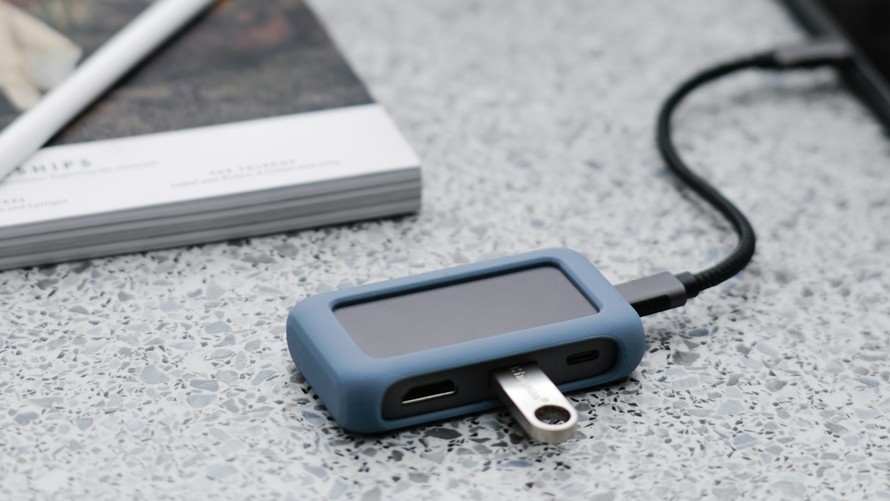
 Last updated 1 month ago
Last updated 1 month agoComputer users may encounter various issues that can disrupt the operation of their wireless devices. From connectivity hiccups to performance inconsistencies, understanding and addressing these potential problems is crucial for maintaining a smooth digital experience. Here are some common issues that users may encounter with wireless devices:
⚠️ Wireless mouse is stuttering or experiencing lag.
⚠️ Wireless keyboard inputs are delayed.
⚠️ Wi-Fi connection drops intermittently.
⚠️ Bluetooth headphones have audio interruptions.
One of the underlying causes of these common wireless device issues is the interference generated by USB 3.0 technology. USB 3.0, known for its high data transfer speeds, operates within a frequency range that overlaps with the 2.4GHz band commonly used by wireless devices like Wi-Fi routers, Bluetooth peripherals, and other wireless accessories. This overlap can lead to interference, resulting in stuttering, lag, or intermittent connectivity problems.

Our suggestion is to get a USB extension cable or USB hub to get your wireless dongles as far away as possible from the machine. By relocating the wireless dongle away from the computer, you can minimize the interference caused by USB 3.0 and create a more stable and reliable wireless connection. This simple step can significantly enhance the overall experience with your wireless peripherals, reducing stuttering, lag, and other connectivity issues.
All Bluetooth devices, spanning from v1 to the v5 specification, utilize the 2.4GHz short-wavelength UHF radio frequency for communication, a frequency designated by the U.S. FCC (Federal Communications Commission) in 1985. Nowadays, numerous home and office wireless electronics also operate within this frequency range due to limited airspace certified for interference-free operation. USB 3.0 devices transmit electrical signals that undergo scrambling across a spread spectrum, constantly alternating via the USB controllers' internal regulating clock. The USB 3.0 specification mandates frequency modulation over a range, including the 2.4 to 2.5GHz spectrum. However, a consequence of this frequency range is that USB 3.0 hardware emits low levels of noise at these frequencies into the surrounding environment, causing interference with Bluetooth broadcasting devices sharing the same space.
Intel has published a white paper (usb3-frequency-interference-paper.pdf) on this topic, providing diagrams and detailed insights from their 2012 research.
